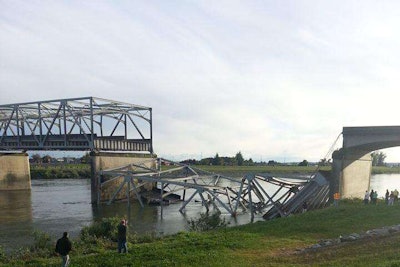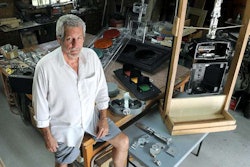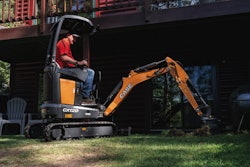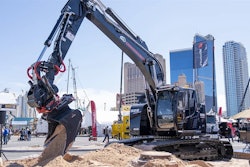 The I-5 bridge that collapsed into the Skagit River in May was classified as fracture-critical. (Photo: modified from Cole Wagoner / Twitter)
The I-5 bridge that collapsed into the Skagit River in May was classified as fracture-critical. (Photo: modified from Cole Wagoner / Twitter)More than 200 of Washington state’s bridges are classified as fracture-critical and could collapse if a key component of the bridge fails, according to KUOW.
Of those bridges, at least three have been struck multiple times in the past five years, putting the bridges at a higher risk of collapsing.
The Interstate 5 span that collapsed into the Skagit River in May after being struck by an oversized truck was also classified as fracture-critical.
According to KUOW‘s report, a U.S. Highway 101 bridge over the Hoquiam River has been struck six times since 2007, a state Route 4 bridge over the Elochoman River was struck once in 2008 and once in 2011 and the Kummer Bridge along state Route 169 was struck twice in 2008. Six other bridges not classified as fracture-critical have been struck five times or more since 2007.
The I-5 bridge also suffered multiple hits and, as KUOW‘s report lays out, these repeated strikes could be a cause of the bridge’s collapse. There is no record yet of how many times the bridge was struck before it fell, but National Transportation Safety Board (NTSB) Chair Debbie Hersman said the agency is working to get information from the Washington State Department of Transportation (WSDOT) and the state patrol that would help “identify a comprehensive list.”
Jeffrey Berman, associate professor at the University of Washington’s Department of Civil Engineering, said repeated strikes in the same location on a bridge could weaken the structure.
“You could start to damage its connections; you could really then have an impact,” Berman said, noting that a lack of maintenance and repair is a larger problem than bridge hits. “The fact is that in cities like Seattle, the population has grown and the infrastructure has not.”
Though work to replace the I-5 span is underway, legislative work still needs to be done to ensure states can repair and maintain their bridges, roads and other infrastructure.
“We definitely see its importance when it fails,” Berman said. “But we often fail to realize its importance when we’re using it and it’s operating well.”








